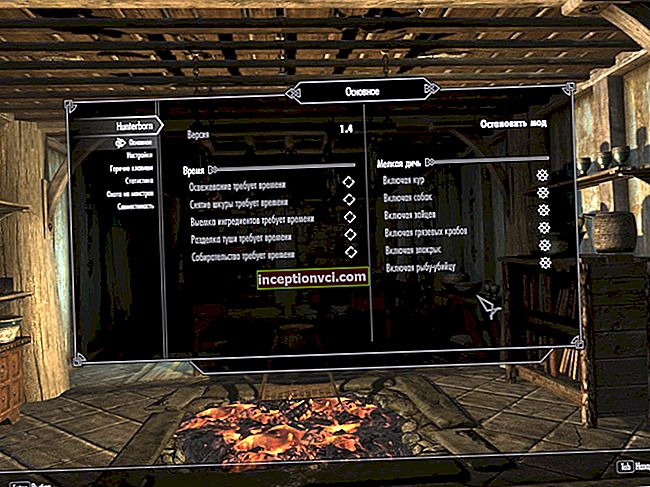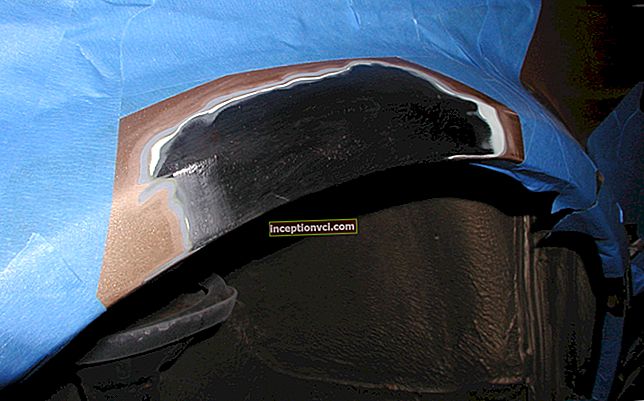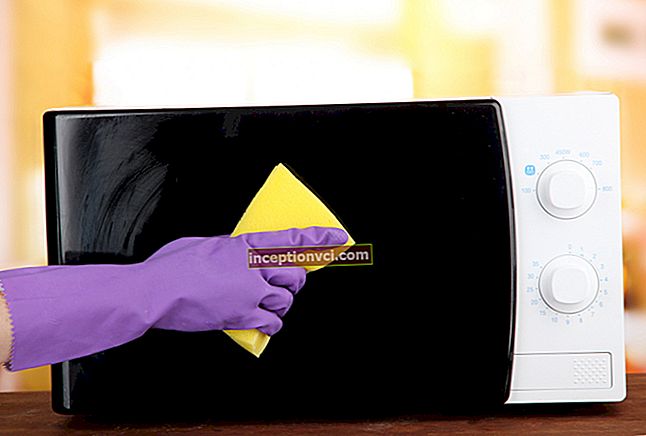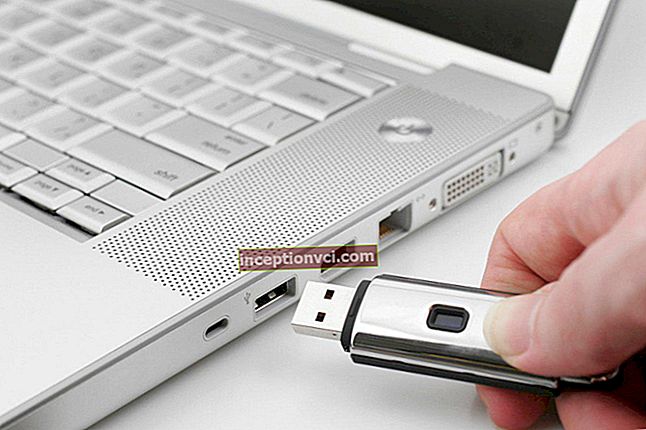Sometimes they ask: "What is a fish finder?" The answer is: an echo sounder is a device that measures the depth, water temperature, shows the bottom topography and objects in the water. He examines the bottom and the water column. And the fish is shown as something in the water, determining the approximate size.

The fish finder is not looking for fish. The fisherman himself determines the places where it is and where it is not.
What the echo sounder shows: the history of its appearance
In 1907, Lord Kelvin tried to create a device for determining the depth. Did not work out. However, American engineers soon noticed that the acoustic pulse passed well through the water barrier. They determined this with the help of a hydrophone. First, the speed of the pulse passing through the water column was determined, then the depth was calculated. At the initiative of the British Admiralty, such devices began to be used by the military in the 1930s. At the same time, a device was invented that recorded the readings of the hydrophone.
In 1937, the Admiralty manufactured a hydrophone called the 753 model. He explored the depths as the ship moved. Now it has become possible to thoroughly study the bottom relief and track down submarines.
But the hydrophone was gigantic and heavy. Even the improved model took up half of the room. Such a thing determined not only the depth, it also showed the structure of the bottom. True, blurry. However, the muddy bottom could be distinguished from the rocky one.
Very quickly, the device was appreciated not only by the military. Fishing boats also began to measure depths in search of prey. By the end of 1939, new developments in the hydrophone appeared and soon the improved MS3 was released. It turned out that it shows not only the depth and topography of the bottom, but also objects in the water column! It was a breakthrough: the device showed fish!
This is how the first echo sounders appeared. Amateur anglers could not afford miraculous devices, and then there was no point in them. Novelties caught only large schools of fish.
After the war, there were many companies producing echo sounders. Those models featured an improved plotter and digital depth gauge scale. Succeeded in the development of the underwater meter by Lowrance and Raytheon. They released the trailblazers Eagle and Apelco, showing the bottom structure in detail.
Later, the Japanese firms Koden and Furuno also began to produce echo sounders. But, interestingly, there was still a specialist on any fishing vessel who distinguished the fish from other underwater objects.
In the sixties, echo sounders began to be produced, the size of a shoebox. However, they were still not available for mass use.
A breakthrough in the production of echo sounders happened already in the early 80s. It was when microprocessors appeared. Lowrance has released a new model of the X15 echo sounder. It showed an excellent picture and was not expensive at all. And then there were models that were divided into two classes:
- black and white with LCD monitor,
- colored with a cathode-ray tube.

In the 1980s, Furuno (LS6000 model), Lowrance (X35), Hamminbird (LCR 400 fishfinder) and Raytheon (Apelco XCD600) released models with an LCD monitor.
In the early 90s, Japanese companies began to produce echo sounders with monitors in eight colors! Each color represented a specific density. In addition, the Japanese company Koden has invented an echo sounder for large industrial fishing vessels. A sensor was attached to the seine, which showed the presence of fish and detailed information about it.
After the boom in Japanese developments, American companies again took the lead in the production of echo sounders. They released waterproof models with an LCD monitor. Japanese "relatives" were inferior in tightness.
How does an echo sounder work
The principle of operation of the echo sounder is as follows:
- the transmitter gives a pulse that freely passes through the water column;
- captures all objects on the way;
- reaches the bottom, pushes off from it and returns to the receiver.
The receiver processes the information received in a split second. And translates it into a picture on the monitor. The image is clear, legible and easy to understand.

Let's consider the components of the echo sounder.
- Transmitter (probe)
Emits an ultrasonic pulse. There are various capacities that affect the depth scan. The probe is mounted on silicone to the bottom of the boat from the inside. Or on the outside of the transom.
- Receiver (converter)
Receives and processes a response pulse. It is he who determines the depth, bottom topography and other parameters. A good transducer can handle strong pulses when receiving a response signal. In addition, the converter must recognize only one frequency - the one to which it is tuned. The main element of the converter is an artificial crystal - barium titanate or lead zirconate. It is from this crystal that the angle of radiation depends. With an increase in the crystal diameter, the radiation angle decreases.
- Monitor (screen)
Information is displayed on it in the form of a picture. Color or black and white is a matter of convenience. The main thing is to be waterproof. Otherwise, it will break at the first storm or rain. The higher the screen resolution, the clearer the picture. Even small details are visible.
The monitor is installed where it is more convenient for the angler or the captain to look at the screen. Usually - on the control panel.
How does a fish finder work: video
Which echo sounder is better: the main characteristics of echo sounders
Before deciding which echo sounder to buy, look at three parameters. We will consider them.
Number of beams, viewing angle
Echo sounders can be one-, two-, three- and four-beam. The angle value directly depends on the radiation frequency. The higher it is, the narrower the beam. A frequency of 83 kHz gives a 120 ° cone, and a frequency of 200 kHz gives a 60 °.
| Number of beams in echo sounders | Viewing angle |
| Single-beam | 9 - 20° |
| Dual-beam | 60° |
| Three-beam | 90 - 150° |
| Four-beam | 90° |
In dual-beam models, a narrow beam studies a small section of the bottom. Wide - like peripheral vision - provides a wider field of view. The more beams the echo sounder has, the more complete information about the bottom is in order to more accurately determine the location of the fish.
Pulse frequency
Most echo sounders operate at 192 - 200 kHz. But there are also those that are at 60-83 kHz. In fresh water, it is better to use a model with a pulse frequency of ~ 200 kHz.
- Low frequency pulses are best used in deep water. They penetrate deeper and have a larger grip angle.
- The high-frequency pulse details objects in detail, does not create noise and interference. It is ideal for small streams, lakes and reservoirs.
| Frequency 192 - 200 kHz | Frequency 50 kHz |
|
|
Monitor specifications
The screen resolution affects the clarity and accuracy of the image. It is displayed in the number of pixels: the more, the clearer and more detailed. They produce color and black-and-white echo sounders with several shades of gray. The former are, of course, more expensive.
- The bright monitor shows clearly even in the blinding sun.
- With reduced brightness, it is worse.
Watch the video on how to choose a fish finder for winter fishing
How to choose the right fish finder: tips
To choose a fish finder for fishing - focus on your needs and capabilities. There are models designed for fishing from the shore, from a boat, sea, which work great even at great depths.
Better to take a proven company. She gives a guarantee for her products. Garmin, Lowrance, Humminbird, Fisherman have proven themselves well.
The price is different:
- Cheap ones cost $ 50 - $ 100. These only determine the depth.
- In the average price range - from $ 110 to $ 230. These are echo sounders from well-known manufacturers.
- Expensive from $ 230 - semi-professional and professional models. Exact. Multifunctional, up to 3D images.
Happy acquisition!
Note: "How to catch crucian carp"
Watch the video review of the wireless Lucky FFW718LA with a round sensor









